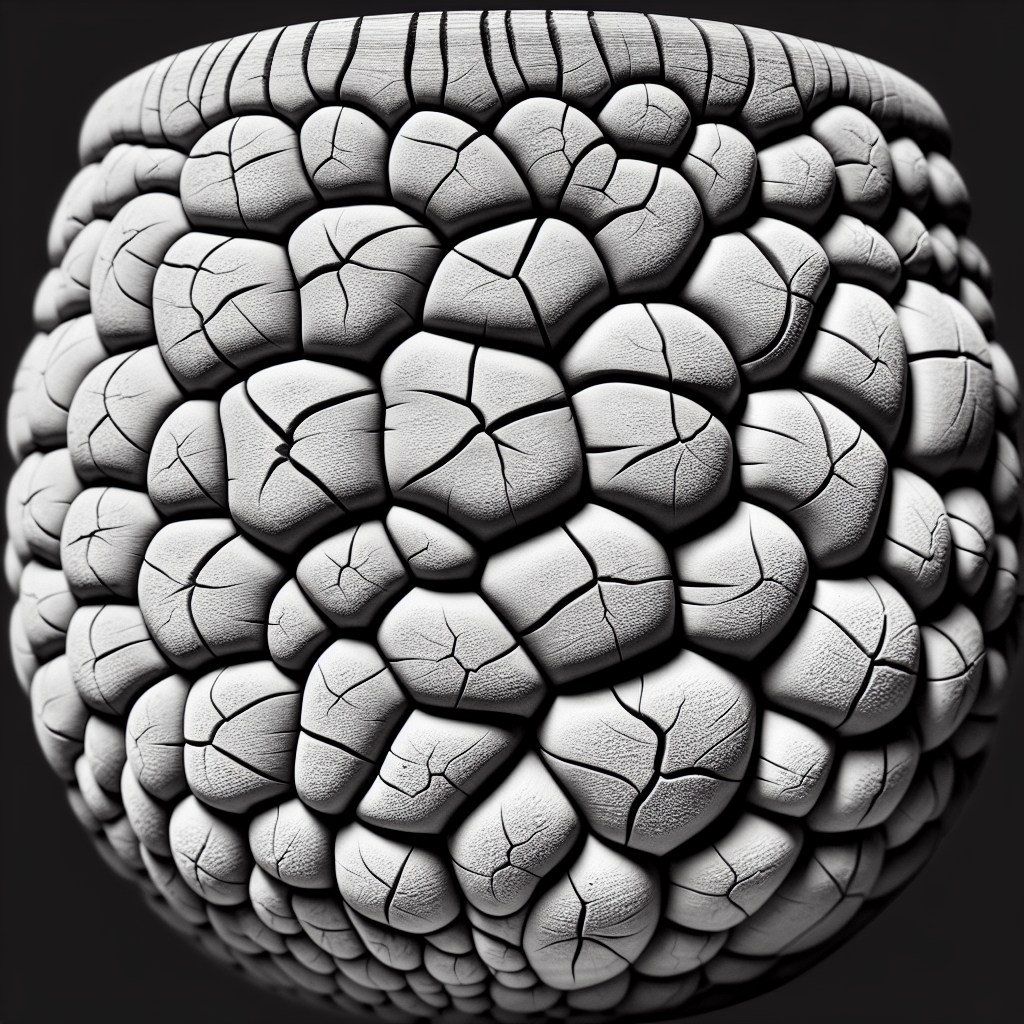Curious about cellulite treatments? You’re not alone. Many people wonder about the potential side effects of these treatments. We’re here to provide answers to some of the most frequently asked questions about cellulite, including what it is, what causes it, and how it can be treated. But today, we’ll focus specifically on whether there are any side effects associated with cellulite treatments. So, if you’ve been contemplating trying out different methods to get rid of cellulite, keep reading to find out what you need to know about potential side effects.

Introduction
Cellulite is a common concern for many people, especially women. It refers to the dimpled or lumpy appearance of the skin, particularly in areas such as the thighs, buttocks, and abdomen. While cellulite is generally harmless, it can affect one’s self-confidence and body image. In this article, we will explore what cellulite is, what causes it, and if there are any effective treatments available. We will also address common misconceptions and provide information on potential side effects associated with cellulite treatments.
What is cellulite?
Definition of cellulite
Cellulite is the term used to describe the condition where the skin appears dimpled or uneven due to underlying fat deposits. It is more common in women, but men can also develop cellulite. The appearance of cellulite is often compared to that of orange peel or cottage cheese. While cellulite is not a medical condition, it can be a source of insecurity for many individuals.
How cellulite appears on the skin
Cellulite becomes visible when the fat cells beneath the skin push against the connective tissues, causing a bumpy texture. The connective tissues, called septae, form a network that separates the fat cells into chambers. In individuals with cellulite, the septae pull down on the skin, causing the characteristic dimples. Factors such as skin thickness, body fat percentage, and muscle tone can influence the visibility of cellulite.
What causes cellulite?
The development of cellulite is influenced by various factors, including lifestyle choices, genetics, and hormonal changes.
Lifestyle factors
A sedentary lifestyle, poor diet, and lack of exercise can contribute to the development of cellulite. Living a predominantly inactive life can increase the accumulation of excess fat, making cellulite more visible. Consuming a diet high in processed foods, saturated fats, and sugars can also affect the appearance of cellulite.
Genetics
Genetics play a role in determining an individual’s susceptibility to developing cellulite. If your parents or close relatives have cellulite, there is a higher chance that you may also develop it. Genetic factors influence the structure and distribution of fat cells, as well as the strength and elasticity of the connective tissues.
Other factors
In addition to lifestyle and genetics, other factors can contribute to the development of cellulite. Hormonal changes, such as those that occur during puberty, pregnancy, or menopause, can affect the appearance of cellulite. Hormones like estrogen and progesterone can impact the fat distribution and the quality of the connective tissues. Additionally, certain medical conditions and medications may increase the likelihood of developing cellulite.
Is cellulite harmful?
Potential health risks of cellulite
Cellulite itself is not harmful to one’s physical health. It is a cosmetic concern rather than a medical condition. However, individuals with severe cellulite may experience emotional distress or a negative body image, which can impact their overall well-being. It is important to recognize that cellulite is a natural occurrence and does not indicate any underlying health issues.
Cosmetic concerns
While cellulite is not harmful, many individuals seek out treatments to reduce its appearance due to cosmetic reasons. The dimpled skin can be a source of self-consciousness, especially when wearing swimwear or clothing that exposes the affected areas. Understanding the available treatment options can help individuals make informed decisions about managing their cellulite.

Can diet and exercise reduce cellulite?
Effectiveness of lifestyle changes
Maintaining a healthy lifestyle through a balanced diet and regular exercise can help reduce the appearance of cellulite. Making healthier food choices and engaging in cardiovascular exercises can contribute to weight loss and overall fat reduction. This, in turn, can minimize the visibility of cellulite. While lifestyle changes may not completely eliminate cellulite, they can significantly improve its appearance.
Benefits of a healthy diet
Eating a nutritious diet can have multiple benefits for the body, including reducing cellulite. Consuming foods rich in antioxidants, such as fruits and vegetables, can help improve skin health and elasticity. Diets high in fiber can aid in digestion, preventing bloating and water retention, which can exacerbate the appearance of cellulite. Staying hydrated by drinking an adequate amount of water is also important for maintaining healthy skin.
Different types of exercises
Incorporating targeted exercises into your fitness routine can help tone and strengthen the muscles in areas prone to cellulite. Exercises that focus on the thighs, buttocks, and abdomen, such as squats, lunges, and Pilates, can help tighten the surrounding muscles and improve the overall appearance of the skin. Additionally, cardiovascular exercises, such as running, swimming, or cycling, can enhance circulation and promote lymphatic drainage, potentially reducing the visibility of cellulite.
Are women more prone to cellulite than men?
Gender differences in cellulite
Cellulite is more commonly observed in women than in men. The exact reason for this difference is not fully understood, but it is believed to be primarily due to hormonal and structural differences between the sexes. Women have a higher proportion of body fat and different patterns of fat distribution compared to men, which can contribute to the development of cellulite.
Factors influencing cellulite appearance in women and men
While women are generally more prone to cellulite, men can also develop it. Hormonal fluctuations, such as those experienced during puberty or hormonal imbalances, can increase the likelihood of cellulite in both men and women. Additionally, lifestyle factors, such as poor diet and lack of exercise, can impact cellulite development in both genders. However, the appearance and severity of cellulite may vary between men and women.

How can cellulite be treated?
Various treatment options are available for managing cellulite, ranging from home remedies to medical procedures.
Home remedies for cellulite
Several home remedies claim to reduce the appearance of cellulite. These include dry brushing, massage, and the use of topical creams or oils. Dry brushing involves gently brushing the affected areas with a natural bristle brush to exfoliate the skin and stimulate circulation. Massage techniques, such as lymphatic drainage massage, can help improve lymphatic flow and reduce fluid retention. Topical creams or oils often contain ingredients like caffeine or retinol, which claim to improve blood flow and collagen production.
Medical procedures for cellulite reduction
For individuals seeking more noticeable results, various medical procedures can help reduce the appearance of cellulite. These include:
- Laser therapy: Laser treatment uses heat to target and break down fat cells, improving the appearance of cellulite.
- Radiofrequency therapy: This treatment utilizes radiofrequency energy to heat the skin and stimulate collagen production, leading to smoother skin texture.
- Cellulite subcision: Subcision involves using a small needle or blade to release the underlying connective tissue and smooth out the skin.
- Liposuction: Liposuction is a surgical procedure used to remove excess fat deposits, which can help reduce the appearance of cellulite.
Professional treatments
In addition to medical procedures, there are professional treatments available for cellulite reduction, typically performed by trained aestheticians or dermatologists. These treatments include:
- Endermologie: This technique uses a specialized device to massage and suction the skin, targeting cellulite and improving lymphatic drainage.
- Mesotherapy: Mesotherapy involves injecting a combination of vitamins, enzymes, and medications into the affected areas to break down fat cells and improve skin texture.
- Ultrasound therapy: Ultrasonic waves are used to target and destroy fat cells, stimulating collagen production and reducing the appearance of cellulite.
Does losing weight eliminate cellulite?
Misconceptions about weight loss and cellulite
There is a common misconception that losing weight will completely eliminate cellulite. While weight loss can help reduce the visibility of cellulite, it may not eliminate it entirely. Cellulite is influenced by factors beyond just body weight, such as genetics and hormonal changes. Additionally, losing weight too rapidly or through unhealthy methods can lead to sagging skin, which can make cellulite more noticeable.
Impact of weight loss on cellulite
Losing weight can improve the appearance of cellulite, particularly if excess body fat is reduced. As the fat cells shrink, the pressure on the connective tissues decreases, resulting in smoother-looking skin. However, it’s important to note that weight loss alone may not address all the factors contributing to the development of cellulite. Combining weight loss with other lifestyle changes and targeted treatments may yield more significant results.
Are there any effective home remedies for cellulite?
Popular home remedies for cellulite reduction
Several home remedies are often recommended for reducing the appearance of cellulite. These include:
- Dry brushing: Gently brushing the skin in circular motions with a natural bristle brush to exfoliate and stimulate circulation.
- Coffee scrubs: Mixing coffee grounds with a carrier oil or moisturizer and massaging it onto the skin to improve blood flow and temporarily tighten the skin.
- Juniper oil: Applying juniper essential oil to the affected areas to promote detoxification and reduce fluid retention.
- Apple cider vinegar: Diluting apple cider vinegar with water and using it as a toner or applying it to the skin as a compress to help improve circulation and tighten the skin.
Evidence and effectiveness
While these home remedies may provide temporary benefits and improve the appearance of cellulite, their effectiveness in the long term is still a subject of debate. Limited scientific evidence supports their efficacy, and individual results may vary. It is important to approach home remedies with caution and consult a healthcare professional for personalized advice.
Are there any side effects associated with cellulite treatments?
Understanding potential side effects
As with any medical or aesthetic treatment, there are potential side effects associated with cellulite treatments. These can vary depending on the type of treatment and an individual’s unique circumstances. Common side effects may include redness, bruising, swelling, and temporary discomfort. It is crucial to consult with a qualified healthcare professional before undergoing any treatments to understand the potential risks involved.
Risks and complications of medical procedures
Medical procedures for cellulite reduction, such as laser therapy, radiofrequency therapy, and liposuction, carry their own set of risks and complications. These may include infection, scarring, changes in skin sensation, and uneven results. It is essential to discuss these risks with a healthcare provider and ensure that the chosen treatment is suitable for individual needs.
Skin reactions and allergies to certain ingredients
When using topical creams, oils, or home remedies for cellulite, there is a possibility of skin reactions or allergies to certain ingredients. It is important to perform a patch test before using any new product or ingredient. If any adverse reactions occur, such as itching, redness, or swelling, discontinue use immediately and seek medical advice.
In conclusion, cellulite is a common aesthetic concern that affects many individuals, particularly women. While it is not harmful to one’s physical health, it can impact self-confidence and body image. Understanding the root causes of cellulite, such as lifestyle factors and genetics, can help individuals make informed decisions about managing and treating it. While there is no definitive cure for cellulite, various treatments, including lifestyle changes, home remedies, and medical procedures, may help reduce its appearance. It is important to approach cellulite treatments with realistic expectations and consult with a healthcare professional for personalized advice. Additionally, it is crucial to be aware of the potential side effects associated with these treatments and take necessary precautions. Remember, cellulite is a natural occurrence, and it is essential to embrace and love your body in all its forms.

